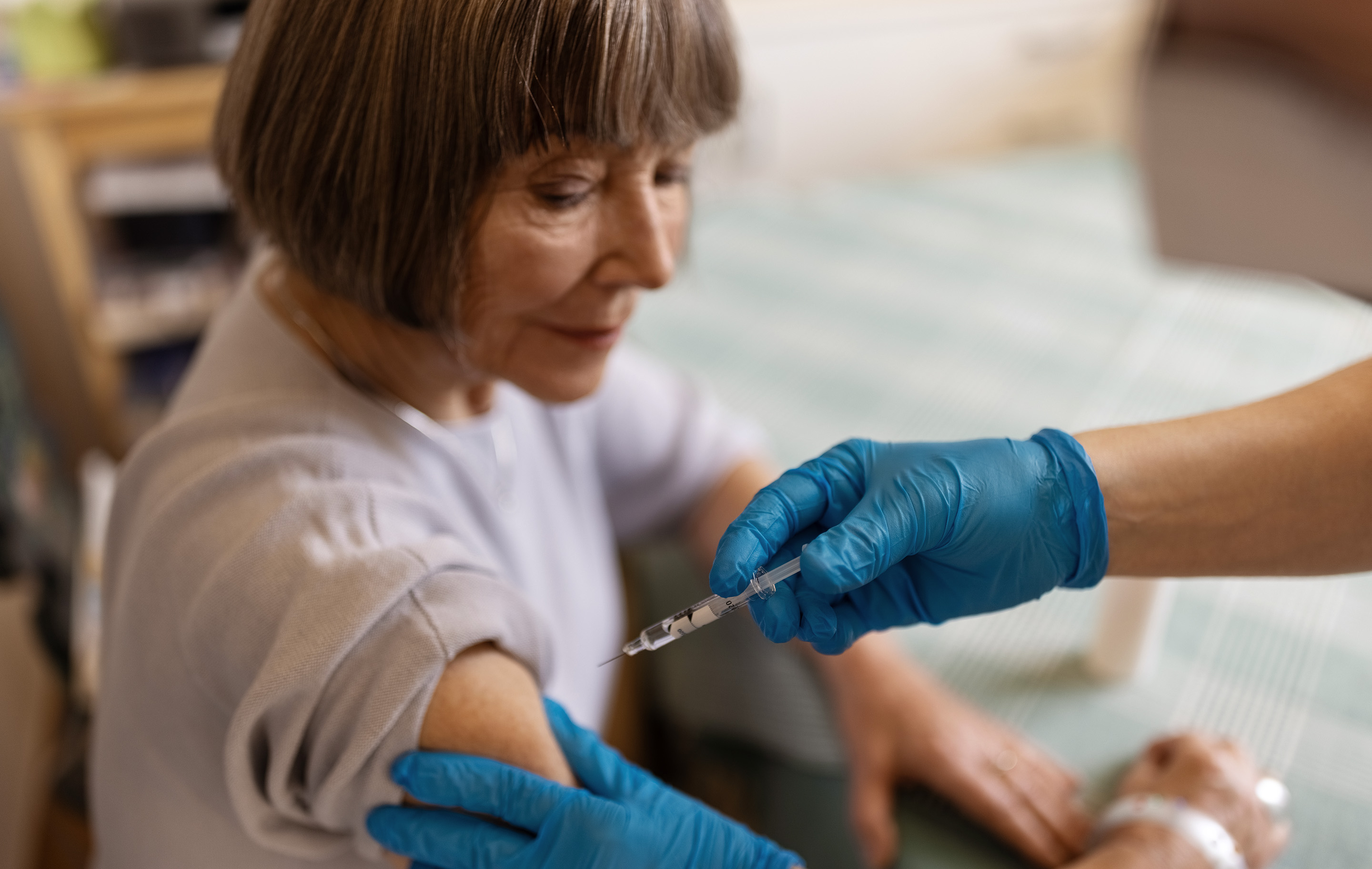Overcoming the SDOH barriers
Time, technology and transportation were (and still are) key barriers for many individuals when it came to accessing COVID-19 vaccinations. This is especially true for those in rural and underserved communities. In the U.S., 45% of households do not have access to transportation which can prove challenging when trying to get vaccinated.
Time in particular can be a challenge for those who are salaried without paid sick leave or those who are working multiple jobs to make ends meet. For some of these individuals, taking time off work to wait in line, schedule an appointment or navigate finding transportation to get a vaccine can mean forgoing part of their paycheck to take care of their health. In the US, over half of all workers are hourly.
During COVID, many populations including the elderly, those with disabilities and those with low health literacy struggled navigating the vaccine scheduling software which impacted many individuals’ access to vaccines. For example, individuals living within a 10-mile radius of a metro hub where vaccines were available were still unable to navigate the complexities of vaccination scheduling.2
Health literacy is another barrier to care especially when it comes to vaccines. Health care can be confusing and even more so when an individual may not have great familiarity with the health care system or the English language. Studies show that individuals with higher levels of health literacy had less vaccine hesitancy.
Addressing SDOH through innovation
Children’s immunizations
The importance of addressing social determinants of health as it relates to vaccines takes on greater importance when turning your focus to children’s immunizations. Globally, four million deaths are prevented through childhood vaccinations, with projections of more than 50 million deaths prevented between 2021 and 2030.3 In the U.S., vaccination coverage among kindergarten students remains below prepandemic levels. Pockets of under-vaccinated children within larger areas of high vaccination coverage can lead to outbreaks. As many schools have returned to in-person learning, high vaccination coverage is critical to continue protecting children and communities from vaccine-preventable diseases (VPD).4
Leveraging retail pharmacies
There are places in the country – rural and urban – where hospitals, doctors, specialists and other healthcare providers are not easily accessible, or where there’s simply a shortage of care providers. In part, these gaps fuel the need for new doors of access to patients through partnerships with retail pharmacies across the country and through home delivery. Pharmacy care has a lot of untapped potential, with over 65,000 pharmacies across the country employing over 300,000 pharmacists. Plan sponsors can leverage pharmacy care via vaccination programs and testing, and even prescribing medications.5
The goal is improving care and convenience and reducing costly future medical situations from SDOH access barriers like a lack of nearby providers – shifting some care to pharmacists so physicians can address patients with more complex needs.
Strategies for overcoming SDOH barriers to access
For many groups, SDOH-related factors make simple tasks like getting vaccinated challenging. Here’s how plan sponsors can help to address these barriers:
- Offer digital accessibility resources (i.e. arranged transit, language assist) to help members overcome the obstacles resulting from SDOH factors such as transportation and copay costs.
- Consider instituting paid wellness time to encourage employees to look after their health and get their recommended vaccinations.
- Encourage members to seek care proactively and help them understand their plan benefits. Interpretation services simplify and improve access by making benefits easier to understand.
- Create better access to vaccines in SDOH-affected communities via mobile vaccine clinics can help close gaps in care, which in turn can help reduce health disparities – and Vaccine Preventable Diseases, which are a leading cause of death among children and global health threat.6


